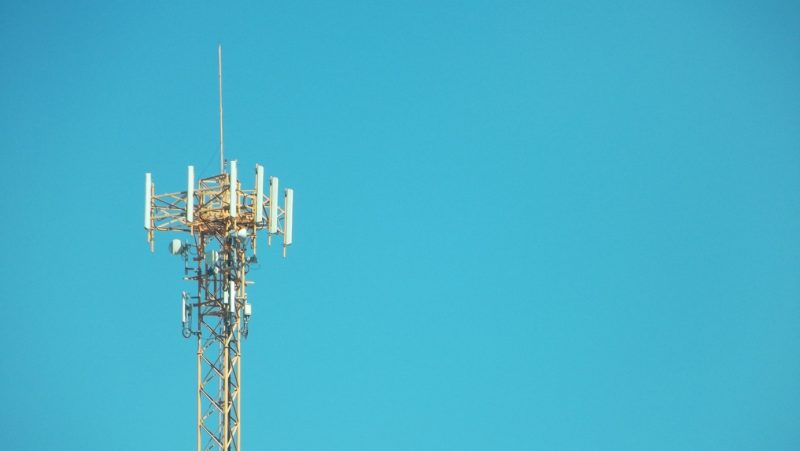Antennas are an essential means for the diffusion of mobile networks. It is through them that signals are transmitted and relayed in the waveform. The deployment of 5G technology requires the installation of new antennas by mobile operators. Concretely, the figures are around the tens of thousands in terms of installation. These rather huge amounts of antennas are one of the technological evolutions of 5G compared to 4G. Here are the explanations.

The characteristics of 5G technology
Who says evolution, says change and improvement. There are thus major points of difference between 5G and 4G technology. As 5G will arrive quickly in France, new mobile plans will appear on the telephony market in France. To clearly distinguish the different mobile offers from each other, we advise you to carefully compare the offers, prices and options offered. You can use price comparators such as ari, monforfait, or even the mezabo mobile plan comparator for example.
The difference between 5G and 4G antennas
The antennas installed in 5G mobile networks are different from the antennas used in 4G. The 5G antenna is smarter as it sends a signal in a specific direction. It also sends a signal adapted to the needs of each user. In addition, they have enough connectors to support a fairly large number of devices.
The need for multiple antennas
5G technology requires the installation of tens of thousands of antennas. First, the macro-antennas will reach those of 4G. Ultimately, 5G will use millimeter waves: waves with a range of a few hundred meters. Therefore, tens of thousands of new antennas must be installed in cities.
The characteristics of 5G antennas
Going down to a more technical level, 5G antennas will benefit from a fundamental characteristic such as Massive MIMO (Massive Multiple Input, Multiple Output) to dynamically and more efficiently direct power to each user, while increasing cellular capacity and transmission speed (throughput) and improved radio conditions.
Another term to know about this is MEC (Multi-access Edge Computing) which refers to an architecture to physically bring together certain functions that currently reside on the central servers of the user, with the effect of considerably reducing the time of response (the famous latency) between him and the application itself. The immediate result and benefit is that part of the faculties will be moved from the device to the MEC platform connected via the 5G network, avoiding overloading the device and requiring simpler hardware requirements.
In short, 5G technology will have more computing capacity for the benefit of users who will find a lot of data already processed and ready to use. The 5G network operates in close collaboration with the current 4G architecture by precisely relying on central and local servers for speed and latency advantages.
By whom will the 5G antennas be installed?
The installations are done by the mobile operators present in each territory and not by any government body. Here are the positions of European mobile operators for the installation of 5G technology antennas :
- Orange called on the Europeans Nokia and Ericsson to intervene in this process.
- Free commissioned this work from Nokia.
- Huawei, Bouygues Telecom, and SFR wish to continue their collaboration with the Chinese.
Conclusion
We, therefore, believe that 5G will need more antennas for the capillary diffusion of the signal within national territories. To immediately answer a question that circulates continuously among users of mobile networks, it should be remembered that the installation of all these antennas does not constitute any concrete health risks since most electromagnetic waves are created by the telephone. -same. So 5G technology is not dangerous and should not be alarmist.



